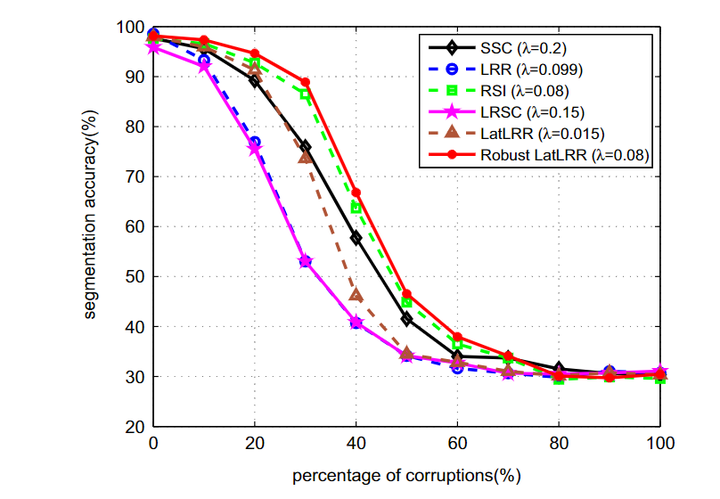
Abstract
Subspace clustering has found wide applications in machine learning, data mining, and computer vision. Latent Low Rank Representation (LatLRR) is one of the state-of-the-art methods for subspace clustering. However, its effectiveness is undermined by a recent discovery that the solution to the noiseless LatLRR model is non-unique. To remedy this issue, we propose choosing the sparest solution in the solution set. When there is noise, we further propose preprocessing the data with robust PCA. Experiments on both synthetic and real data demonstrate the advantage of our robust LatLRR over state-of-the-art methods.
Type
Publication
Neurocomputing